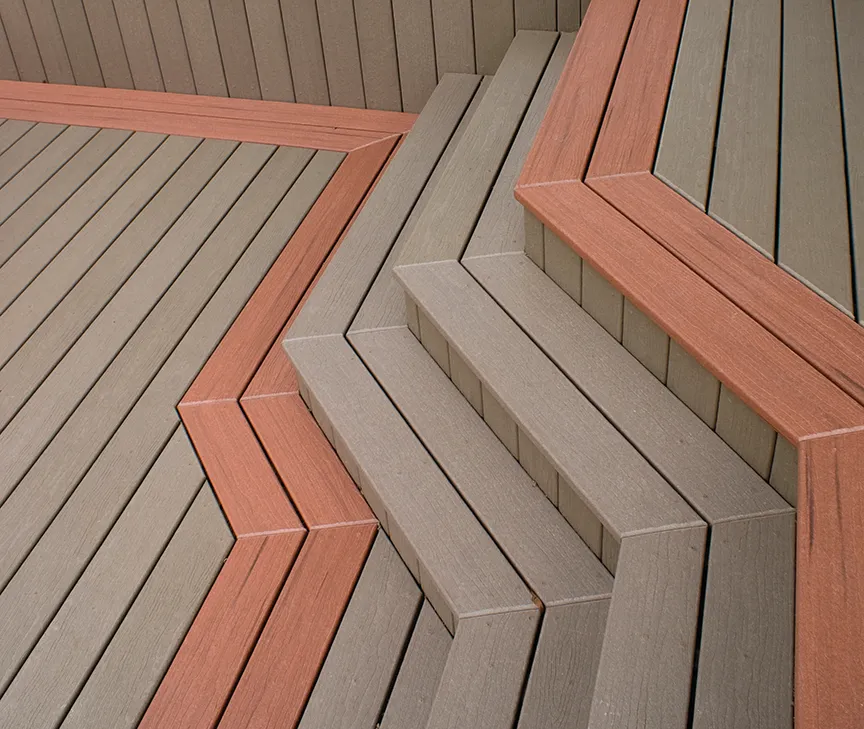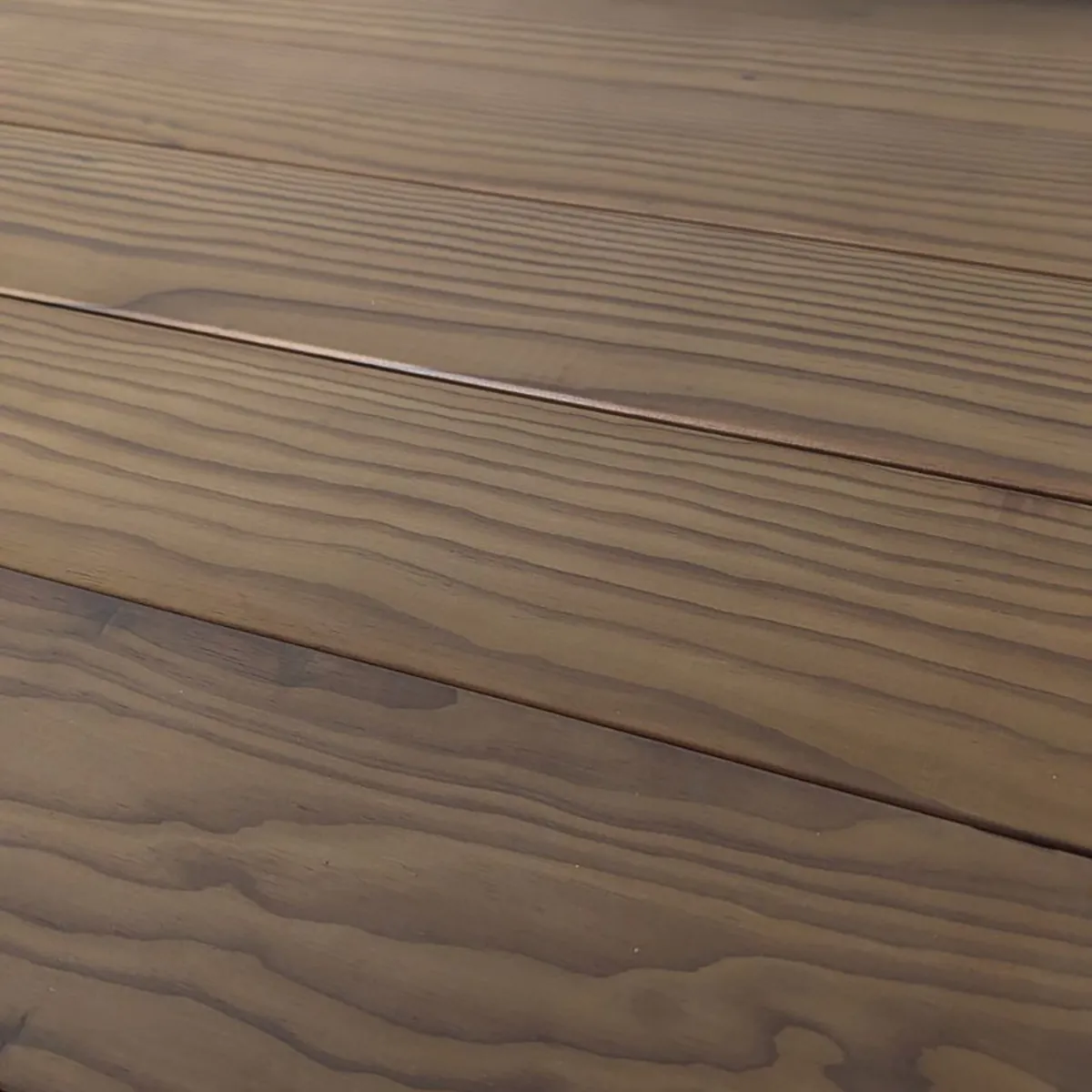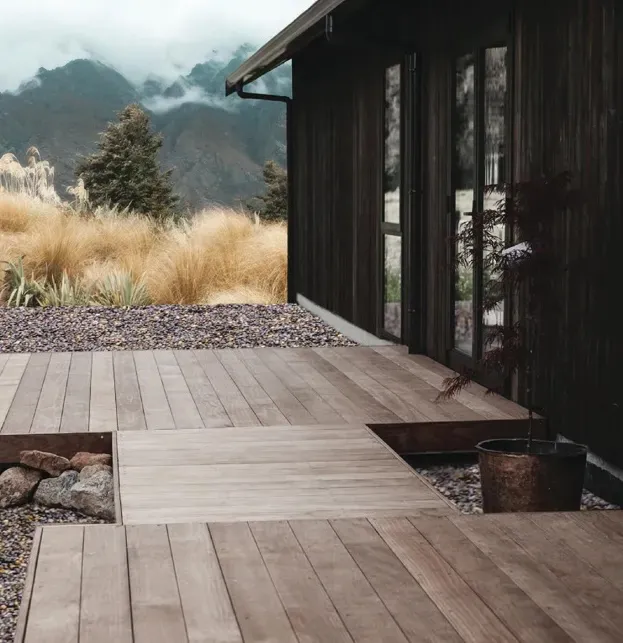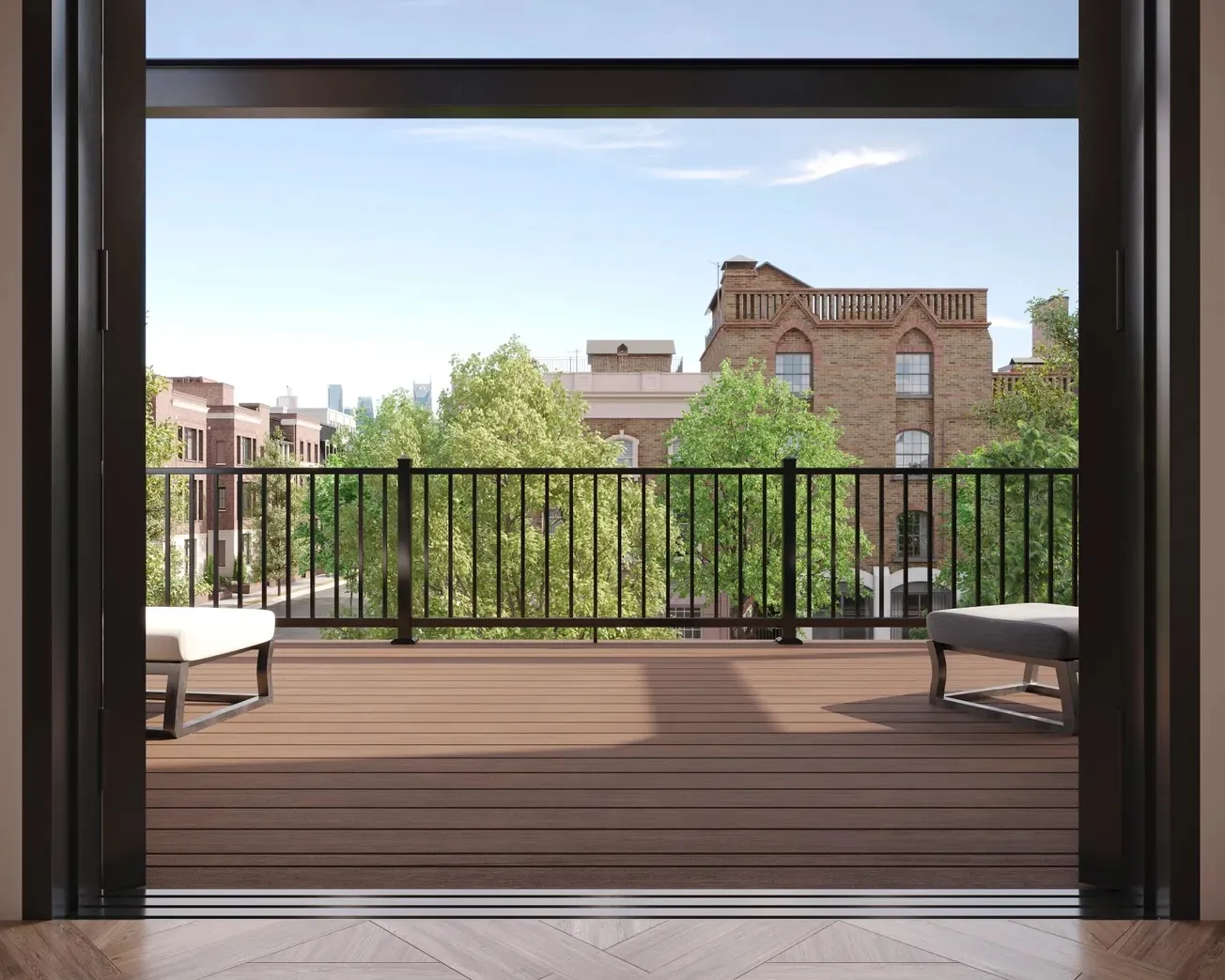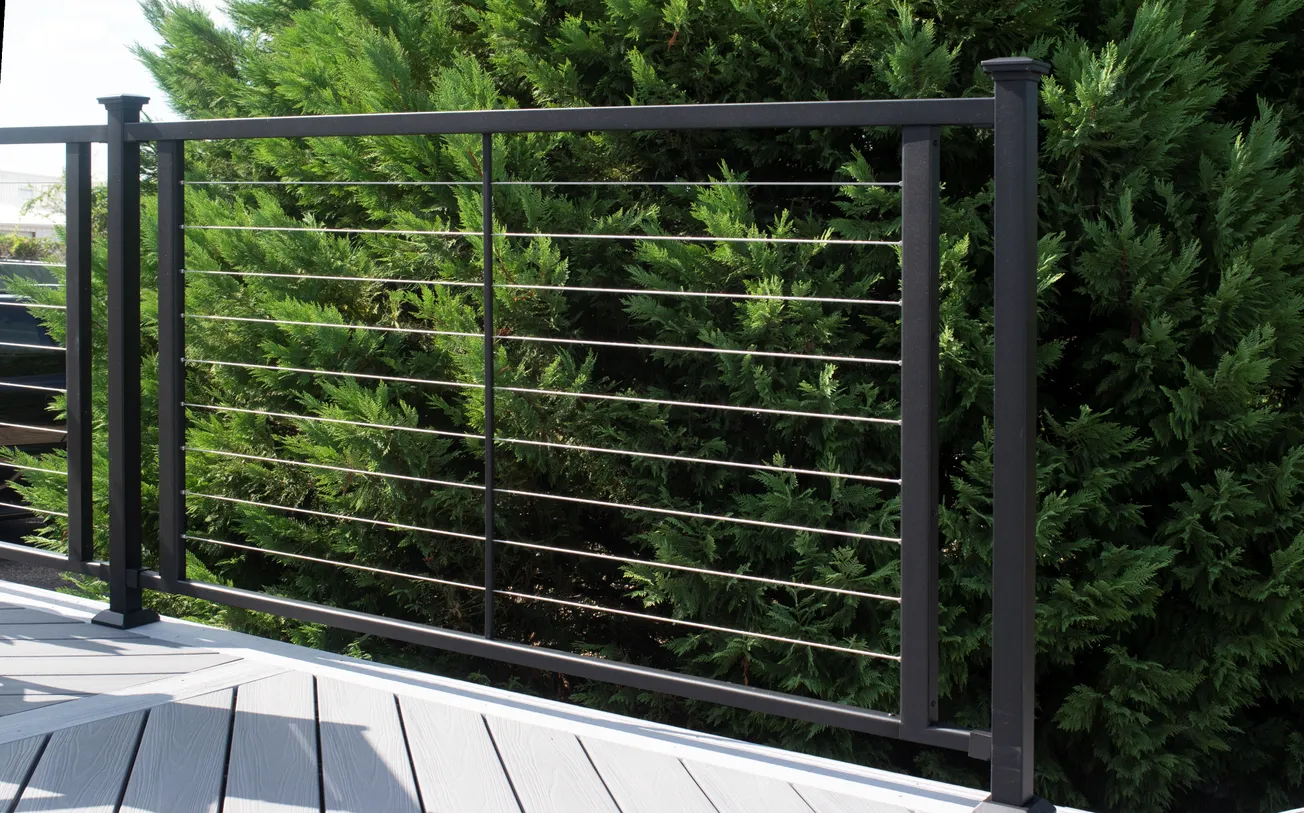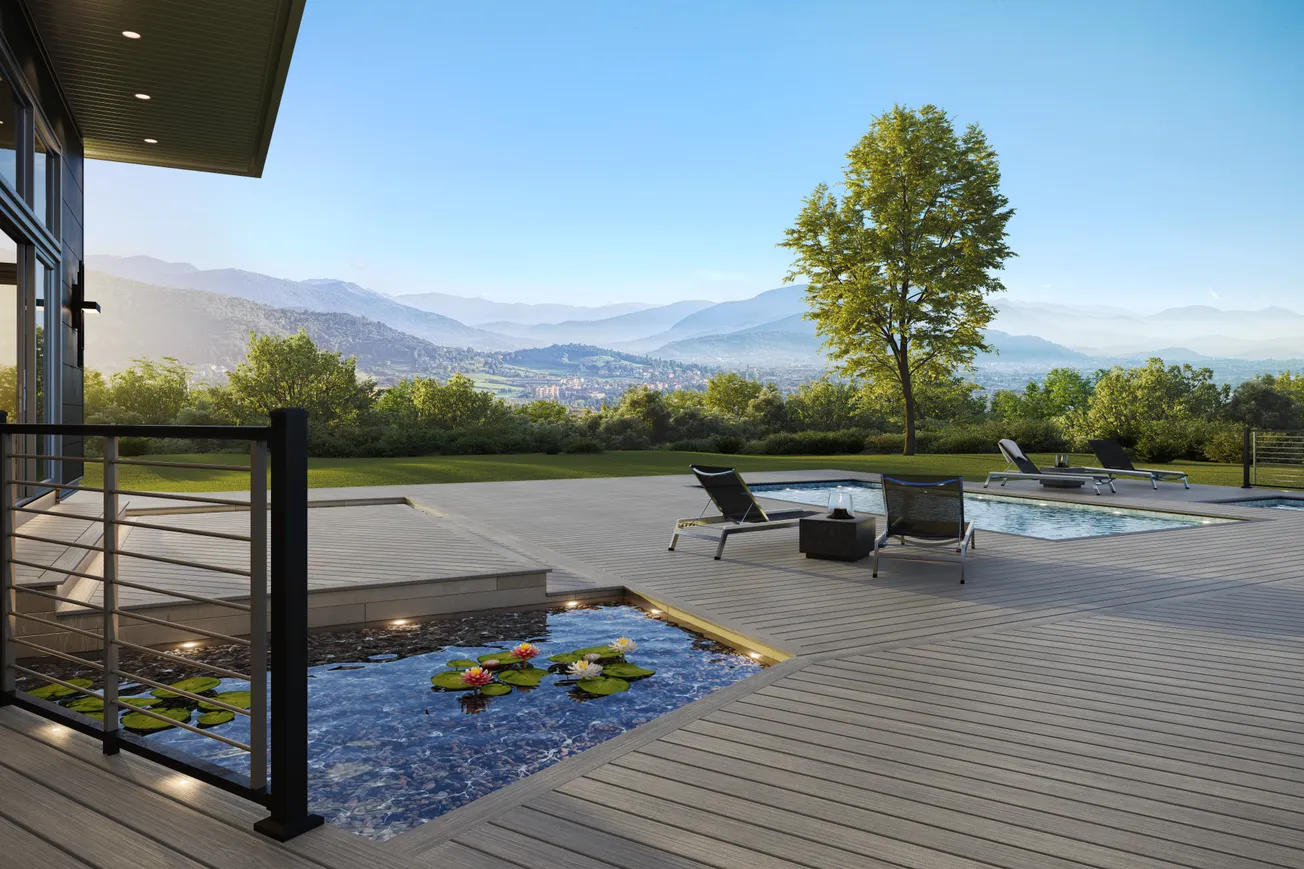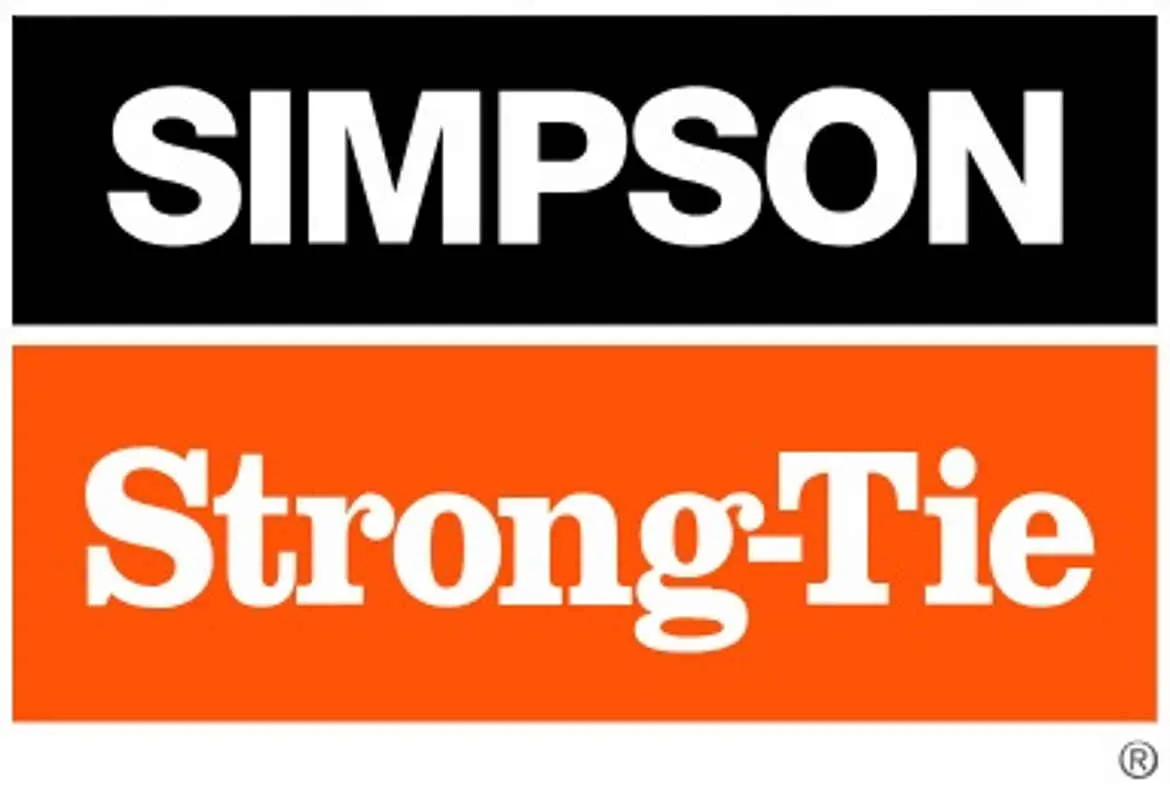Table of Contents
Master innovator Henry Ford remarked on the Model T that customers could get the car in “any color, so long as it’s black.” Today, the Ford Motor Company makes dozens of vehicles in a wide range of colors. In a similar fashion, composite decking manufacturers have innovated with a wide palette of deck board colors and finish styles—and are introducing additional, beautiful new options every year.
The range of available colors provides an opportunity to further enhance your deck designs—and in the process create great customer referrals.
Using more than one color to enhance deck designs
For most of history, decks were relatively simple, with rectangles of one color predominating. But, now more deck builders are showcasing their creativity with multi-level decks, specialty shaped decks, and other unique designs. Today’s range of composite decking colors enables even greater creativity.
Some of the ways using more than one color deck board can enhance deck form and function, include creating visual variety, increasing safety, crafting a focal point, and setting off functional areas.
Creating visual variety.
Adding boards that contrast with the color of the main deck makes for a more visually captivating outdoor living space, especially for large decks that otherwise are uninterrupted. Examples include installing a row or two of darker boards around the edge of a light colored deck, to serve as a frame, and outlining cut-out areas for trees and shrubs (or reversing the color—using lighter boards to frame a darker deck). For a double contrast, place the highlight board(s) on a different alignment from the boards in the majority of the deck (either perpendicular, or at an angle). A truly adventurous builder can even bend a contrasting composite board to meander through the deck, for a one-of-a-kind design.
Increasing safety.
An excellent way to create visual variety and enhance deck safety is to use contrasting color deck boards to highlight level changes. Placing a different color deck board at the top and bottom of a set of stairs provides a visual cue of the stair’s presence.
Likewise, framing the deck in a different color from the main decking helps to delineate edges and keep people from accidentally stepping off, when the deck design calls for a low profile and railings aren’t required by code.
Crafting a focal point.
Beyond simple frames of contrasting colors, creative deck builders also are using more than one color deck board to create striking patterns that become a visual focal point. More deck builders are creating decks with in-laid geometric patterns, along with one-of-kind designs that reflect the homeowner’s specific interests and tastes, such as a compass rose. An ultra-creative guitar-shaped deck built over water even used contrasting colors to represent the guitar’s frits.
Setting off functional areas.
Inside the home, floor coverings often are used to help delineate different functional areas. Examples include a transition from carpet to hardwood floors or linoleum between a living room and dining room or different styles of hardwoods between kitchen and dining room. Likewise, on a deck, a different color or colors can be used to highlight a conversational gathering space, a reading nook or an outdoor kitchen.
What about railing?
Railing provides an additional way to shakeup designs for a more appealing deck. Thanks to a growing array of railing options now available—from wood to metal to composites and glass—it is also easy to mix and match colors and designs to complement the deck boards.
Selecting railing in the same shade as the decking can create a cozy, well-coordinated look and is a great option for traditional designs. On the other hand, a contrasting railing color, such as black or white can evoke a contemporary, sophisticated look. White railing creates a clean, crisp look against dark decking, while dark railing colors can give any space a modern look and feel, while also visually blending into the surroundings.
For a truly distinctive look, builders can mix colors and materials like combining white aluminum railing and balusters with rich brown composite posts to create a dramatic visual.
Or, to add a sophisticated mix of texture and color, they can install a composite board that complements the decking color to the top of a white or black railing.
Just as Henry Ford was committed to bringing people vehicles of exceptional value and design, composite manufacturers continue to innovate with products that help you craft outstanding outdoor living spaces—and drive more projects for you in the process.


